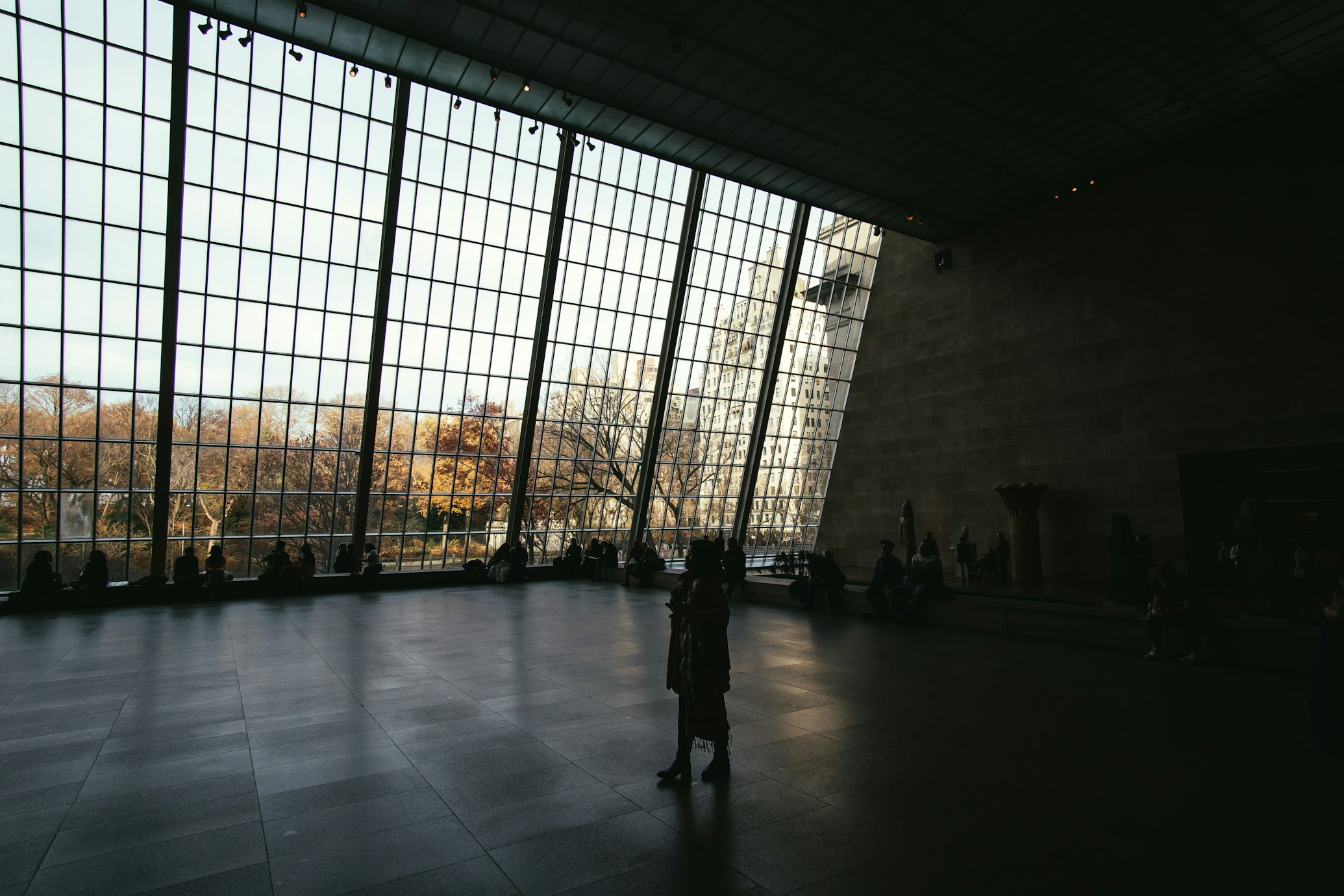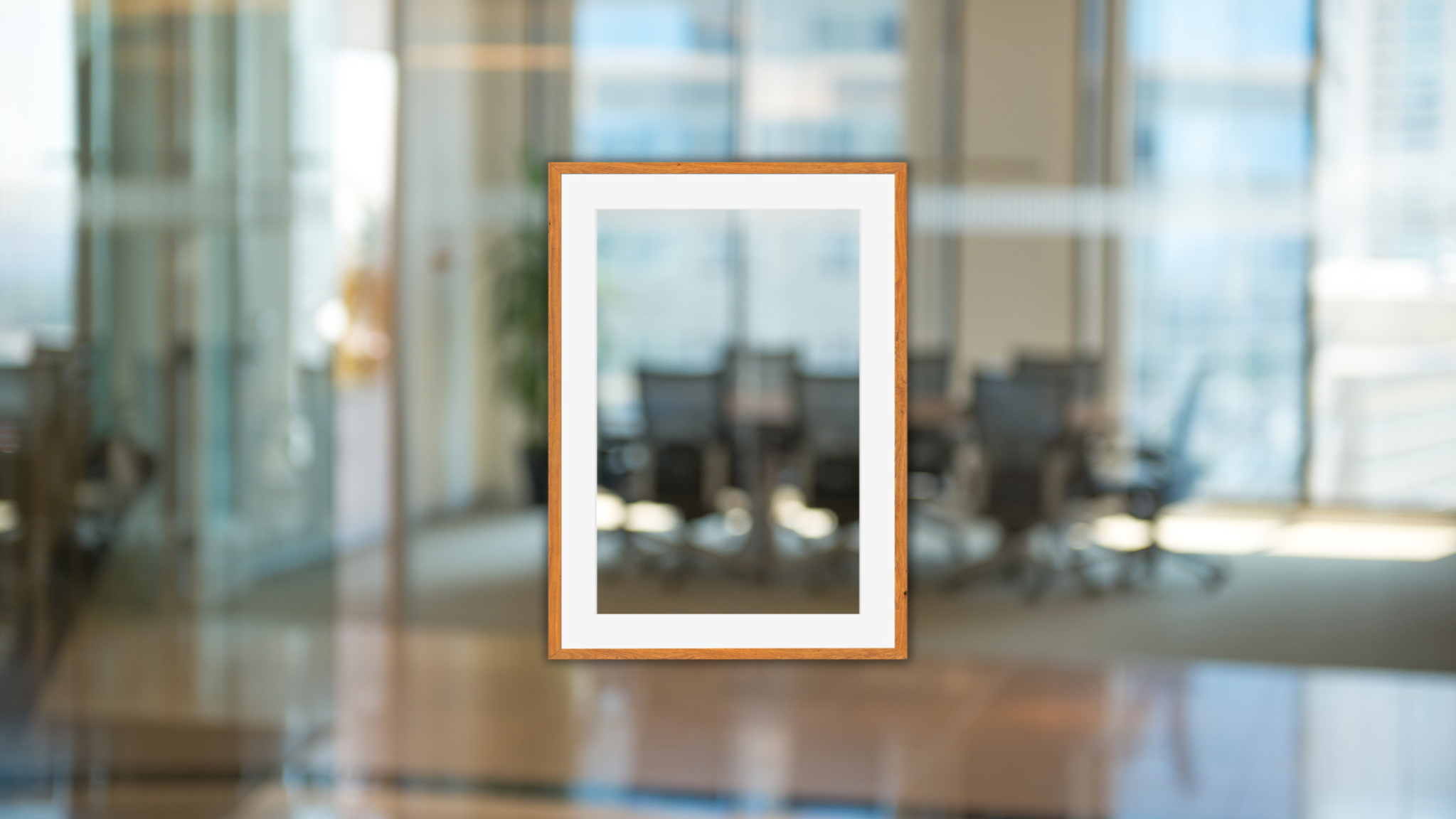Art and Augmented Reality: Blurring the Lines Between Real and Virtual
In the ever-evolving realm of technology, the marriage of art and augmented reality (AR) has created a fascinating fusion, blurring the lines between the tangible and the virtual. This blog about Art and Augmented Reality delves into the innovative ways augmented reality is making a mark in the art world, transforming traditional perceptions and providing artists with new mediums for creative expression.
AR in Art Installations

Augmented Reality (AR) in art installations is a rapidly evolving field transforming how audiences interact with art. Art institutions are increasingly adopting AR technology to enhance accessibility and engagement with art. For instance, the Japanese digital art collective teamLab created an AR project that brings drawings to life, allowing audiences to interact and explore the images innovatively.
Some AR art installations enable viewers to manipulate the 3D elements of the composition. An example is Adana Tillman’s “Interplay: Art Play for All,” which was produced in conjunction with the Akron Art Museum and placed collage-style posters throughout the city. These posters could be activated through QR codes, displaying human figures and abstracted forms in an interactive AR experience.
Digital platforms such as Acute Art and Artivive are showcasing artists’ work in digital galleries, further expanding the reach of AR in the art world. These platforms allow viewers to experience art from anywhere, blurring the boundaries between physical and digital spaces. Notable examples of AR art featured on these platforms include Olafur Eliasson’s “Wunderkammer” and Marina Abramovic’s “Rising,” which are immersive experiences crafted with AR technology.
The application of AR in the art world has extended beyond galleries to public art, stage design, and the production and installation of exhibitions.

Interactive Exhibits: Engaging the Senses. Experience Art and Augmented Reality
Augmented reality (AR) is revolutionising how we interact with exhibits in museums and galleries, enhancing visitor engagement and transforming the traditional art experience.

At the National Museum of Singapore, visitors can immerse themselves in the “Story of the Forest” exhibit, a creation by teamLab. This exhibit utilises AR to create a virtual world that merges with the physical environment, offering an interactive and captivating experience. Similarly, the Art Gallery of Ontario in Toronto has embraced AR with its ReBlink installation, reimagining how visitors interact with traditional paintings by adding a layer of digital interactivity.
The National Gallery in London took a unique approach in 2021 by extending its AR experience beyond the museum’s physical walls. This innovative project allows the public to explore collections from the National Gallery, National Portrait Gallery, and Royal Academy of Arts through their smartphones. Users can virtually navigate the exhibits, delve into artwork details, and gain insights into the artists and their creations, making art more accessible and engaging.
In New York, The Metropolitan Museum of Art, in partnership with Verizon, launched The Met Unframed. This initiative provides virtual access to digital galleries and AR renditions of iconic Met artworks. By leveraging the capabilities of 5G technology, this initiative offers an immersive art and gaming experience, transforming how visitors interact with art and blurring the lines between virtual and physical realms.

These examples underscore the transformative impact of AR in the art world, creating interactive and immersive experiences that enrich visitor engagement and deepen the connection to art.
Artists as Pioneers of AR Exploration
Artists are increasingly exploring augmented reality (AR) as a medium, pushing the boundaries of traditional artistic expression and creating new mixed-media art forms. Here are some examples of artists who are pioneers inArt and Augmented Reality:

Maurício Nocêra (Lito)
Maurício Nocêra, known as Lito, is a prominent São Paulo-based muralist and independent AR street artist gaining international recognition for blending augmented reality with street art. In his innovative work, the artist creatively reimagines classic artworks like “The Birth of Venus” and “The Creation of Adam.” He infuses these iconic pieces with contemporary street art elements, such as vivid colours and spray can effects, through augmented reality (AR). This AR integration overlaps traditional imagery with modern graffiti tags and urban art styles, effectively blending classical art with a fresh, street-inspired aesthetic.
Moreover, Lito extends his AR talents to create interactive social media experiences. This involves using AR technology to make his reimagined artworks come alive in the digital space, often in response to user interactions. Viewers can experience these classic artworks in a new dimension, seeing them transform with graffiti and colour changes as they engage with them through social media platforms. This approach modernises the art and makes it more accessible and engaging for a broader audience, especially those accustomed to digital and interactive media. He has developed an innovative Instagram filter that lets users create AR graffiti tags using a virtual spray can. This engaging tool not only entertains but also connects audiences with the immersive world of AR graffiti art, offering a glimpse into the creative process of AR street art.
Susi Vetter
Susi Vetter, an AR artist based in Berlin and a former Adobe creative resident, is known for her unique social media filters, particularly her psychedelic and surrealist virtual masks. While she excels in creating these masks, Vetter’s main focus is illustration, multimedia art, and digital product design. Her work is characterised by immersive storytelling that merges physical and digital realities, often featuring relatable, gloomy motifs expressed in a soft, delicate manner.
Her AR creations range from simple doodles to complex, collage-style drawings, showcasing her talent in combining shapes, colours, and lines to reinterpret nature. Additionally, Vetter often collaborates with other digital artists, leading to exciting and innovative works in the AR space.
H.C. Dunaway Smith
H.C. Dunaway Smith is a talented mixed reality artist known for her diverse skill set and interdisciplinary approach. Her work spans a range of applications, from captivating imagery in her mixed reality creations to interactive AR album covers promoting her musical project. Notably, her Ruth Bader Ginsburg AR Memorial provided a unique combination of art and political education.
Dunaway Smith also creates commercial pieces themed around holidays, like Halloween and Valentine’s Day, and has developed a unique AR Holiday Card.
Andrew Wilson (Letters Pray)
Andrew, an AR lettering artist, excels in manipulating light, shadow, and depth, bringing unparalleled polish and precision to his work. His 2D creations, already notable for their depth, are further enhanced by augmented reality, adding even more realism and detail. His skill in texturing, ranging from vintage wood to various metals, adds to this effect.
His art not only displays mesmerising skill but also subtly incorporates political messages, with phrases like “Equality”, “Let’s Be Allies”, and “Vote”, reflecting his ideals.
Glenn Segard (Caledonia Tattoo)
Augmented reality (AR) in tattoo art, as showcased by Glenn Segard of Caledonia Tattoo, combines traditional tattooing and digital technology. Here’s how it generally works:
- Design Creation: A tattoo artist creates a design, which can be a traditional image or pattern. This design is inked onto the skin using standard tattooing techniques.
- Digital Layer: A digital layer of the design is created alongside the physical tattoo. This digital layer is essentially an AR trigger – it’s coded to be recognised by AR software.
- AR Software Interaction: The tattoo comes to life when viewed through an AR-enabled device, like a smartphone or AR glasses. The AR software recognises the digital layer of the tattoo and overlays animated graphics or effects onto it.
- Animation and Effects: The result is a dynamic, animated tattoo version that can move, change colours, or display various visual effects. This animation is only visible through the AR device’s screen, adding a hidden, digital dimension to the traditional tattoo.
In Segard’s Skull project, for example, what appears to be a standard tattoo can transform into a moving, interactive artwork when viewed through an AR application, enhancing the visual experience of the tattoo and pushing the boundaries of body art.
Beyond aesthetics, AR tattoos offer practical applications, such as carrying essential personal information. For instance, they could inform medical professionals about allergies in emergencies or help identify unconscious individuals. This innovative use of AR in tattoos opens up new possibilities and underscores the exciting future of this technology in art and personal expression.
Yunuen Esparza
Yunuen Esparza, an oil painter and AR artist from Mexico City, skillfully integrates augmented reality into her deconstructivist art. Known for her geometric patterns and vivid colours, she uses AR to add dynamic layers to her paintings. Yunuen’s work, which often merges human figures with animal imagery, gains an interactive aspect through AR. This technology allows viewers to experience her paintings in a new, multi-dimensional way, where the art comes alive, offering a deeper engagement with the themes of individuality and nature’s randomness. Her use of AR in art represents a blend of traditional techniques and innovative digital interactivity. This blend of elements reflects cultural symbols from Mexican traditions, like Dia de Los Muertos and lucha libre, and iconic figures such as Frida Kahlo.
Marc O Matic
Marc O Matic is renowned for his unique blend of traditional pen drawings and cutting-edge technology in Art and Augmented Reality. His work is characterised by a modern twist on steampunk aesthetics, featuring copper and metal tones. In addition to the visual aspect, he enhances his augmented reality (AR) creations with sound design, adding depth to the storytelling component of his work.
Marc O Matic transforms his intricate pen drawings into immersive, interactive experiences using AR. When viewed through AR-enabled devices, his artworks come to life, often moving and evolving in real time, creating a dynamic interplay between the physical and digital. This interactive aspect allows viewers to engage with his art, going beyond mere observation to active participation.
His approach to anonymity online, similar to artists like Daft Punk and Corpse Husband, places the focus squarely on his art. This mystique adds to the allure of his creations, drawing audiences into the fantastical worlds he conjures. In the field of Art in Augmented Reality, where the boundary between reality and digital art is fluid, Marc O Matic’s work stands out for its ability to transport viewers into a uniquely imaginative and technologically advanced universe.
These artists represent a growing community of creatives who are harnessing the capabilities of AR to expand the horizons of art, creating interactive, immersive experiences that merge the physical and the digital.
Concluding Art and Augmented Reality
The intersection of art and augmented reality marks a transformative era. With the ongoing advancement of technology, the synergy between art and augmented reality (AR) is poised to offer even more engaging experiences. This evolution is set further to dissolve the distinctions between physical and virtual realms, paving the way for new, exciting avenues in artistry and interactive experiences. This trend signals a promising and innovative direction for the future of art, where digital augmentation and traditional forms intertwine to create novel and captivating forms of expression.
We at Cosimo love art. We have tried writing about Art and Interior Design, Art News, and some interviews of some of our artists who we are sure you would love to know. Do read those sections too.













